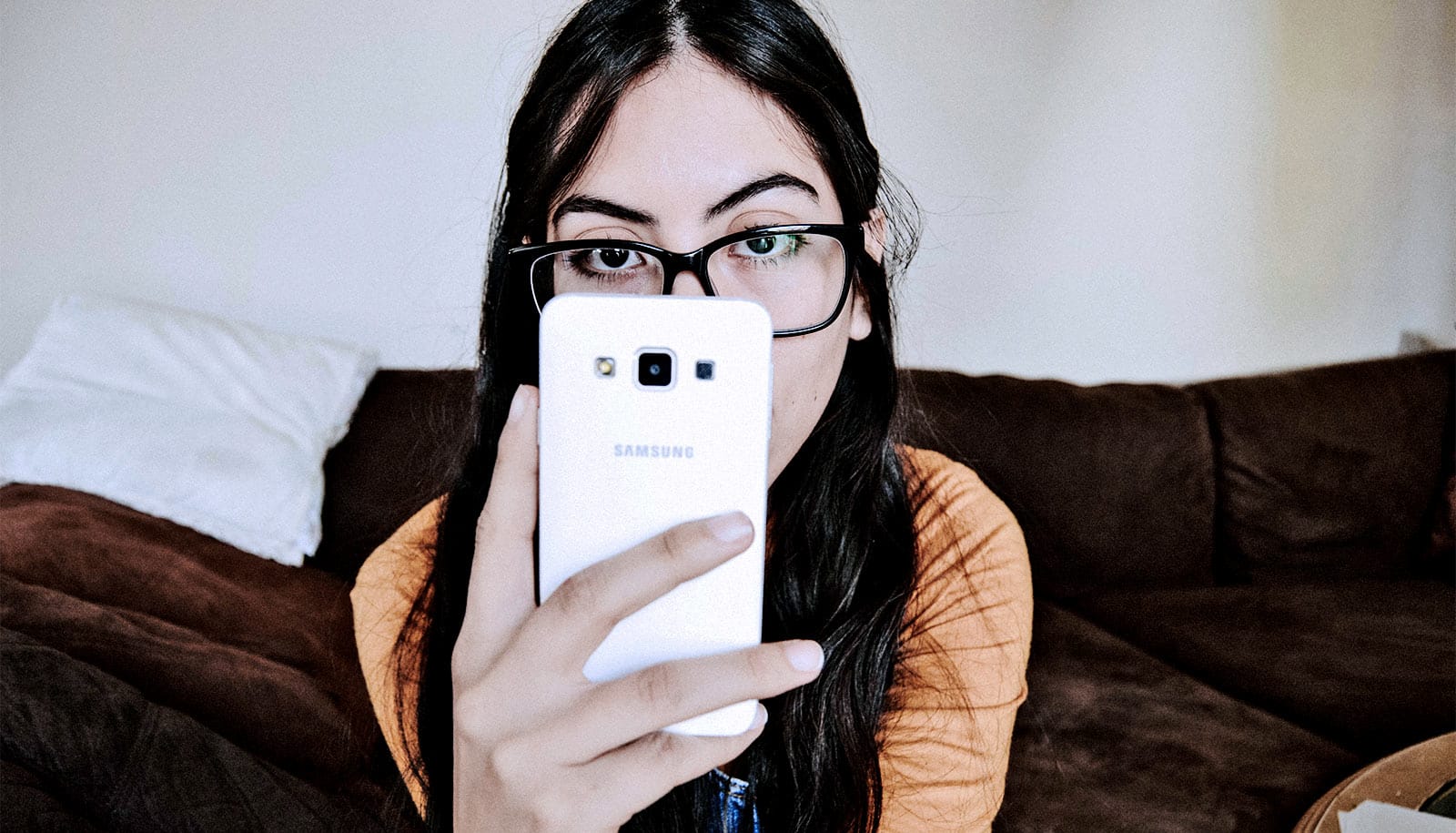The motivations for young people’s “sexting” aren’t as straightforward as some people might think, especially when it comes to young women, researchers report.
In an online survey, Morgan Johnstonbaugh, a doctoral student in sociology at the University of Arizona, asked more than 1,000 college students—20 years old on average—from 7 US universities to describe the last time they sent a nude or semi-nude photograph of themselves to another person electronically. The researchers then asked why they shared the photo. Presented with a list of 23 possible reasons, participants could check as many or as few as they wanted.
Double standard?
In her analysis of the responses, Johnstonbaugh found that the odds were four times higher for women than men to say that they sent sexually explicit images of themselves in order to prevent the recipient from losing interest or to prevent the recipient from looking at images of others.
This may point to a persistent sexual double standard that could be disempowering for women, Johnstonbaugh says.
“The sexual double standard is this idea that’s perpetuated in society that men and women have different types of sexuality—that men have uncontrollable, voracious desires, whereas women are capable of making moral decisions and acting as the gatekeepers to sexual activity,” Johnstonbaugh says.
“With this idea in mind, women may feel pressured to share images with their boyfriends in order to keep them interested or to please their appetite.”
However, Johnstonbaugh discovered that the odds also were four times higher for women than men to say that they sent sexually explicit images as a way to feel empowered, and women were twice as likely as men to say they sent such images to boost their confidence.
“Women might find sexting to be really empowering because you can create a space where you feel safe expressing your sexuality and exploring your body,” she says.
Mixed motivations for sexting
It was not uncommon for female respondents to select both empowering and disempowering reasons for sexting, showing just how complex their motivations can be, Johnstonbaugh says.
“The fact that women are more likely to feel both empowered and disempowered—that they’re selecting both of these options when thinking about the same event—highlights the fact that women have more to gain from a potentially beneficial interaction, but they also have more to lose,” Johnstonbaugh says.
Further analysis is necessary to better understand other possible motivations for sexting, as well as which motivations might be more common for men, Johnstonbaugh says.
She says she hopes her findings help provide a more nuanced understanding of sexting for scholars, educators, and policymakers interested in reducing harmful sexting practices.
“In this research, my goal was to disentangle the pressures young people are experiencing, and to get a better understanding of why they are sending these images and what potential benefits they might be hoping for,” she says. “This gives us a little more perspective.”
Johnstonbaugh presented her research, which will contribute to her dissertation on sexting practices among college students, during the American Sociological Association Annual Meeting in New York City.
Source: University of Arizona



